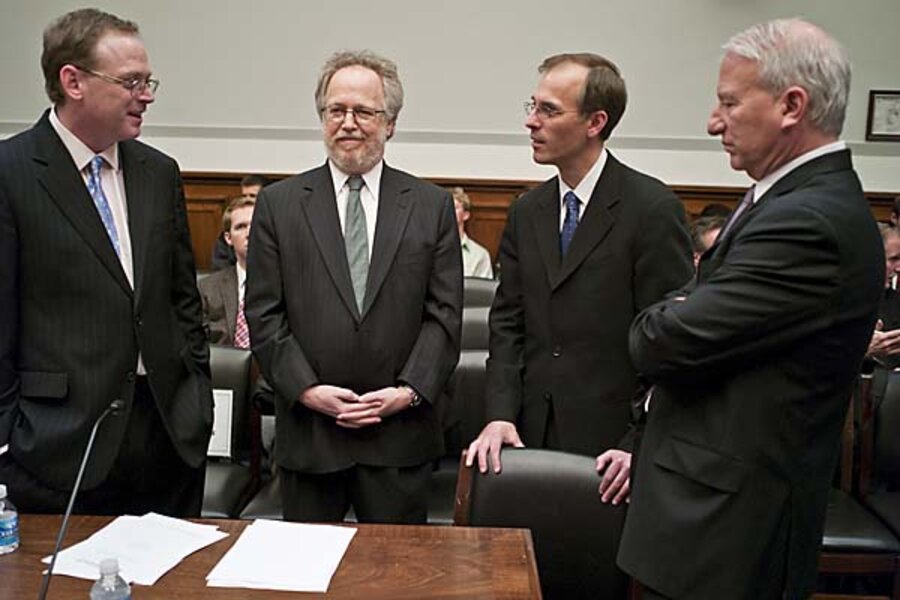Just how many small business owners are in that top tax bracket?
Loading...
In 2004, William Gale penned a one-page piece for TaxNotes arguing, "Roughly 97 percent of small businesses would not be affected at all by increases in the top two tax rates."
That line has been repeated frequently in light of the upcoming expiration of high-bracket tax cuts.
Kevin Hassett and Alan Viard in today's WSJ counter the logic, essentially correcting Gale's overinterpretation. It may be true that 97 of tax returns with small biz income are not in the top tax brackets, but that is not the same as 97 percent of small businesses. Gale should know better.
The 3% figure, which is computed from IRS data, is based on simply counting the number of returns with any pass-through business income. So, if somebody makes a little money selling products on eBay and reports that income on Schedule C of their tax return, they are counted as a small business. The fact that there are millions of people in the lower tax brackets with small amounts of business income may be interesting for some purposes, but it is irrelevant for the assessment of the economic impact of the tax hikes.
The numbers are clear. According to IRS data, fully 48% of the net income of sole proprietorships, partnerships, and S corporations reported on tax returns went to households with incomes above $200,000 in 2007.
This shouldn't be a political issue, but too many folks are in denial that high income taxes on the "rich" are big burdens on entrepreneurs.
Add/view comments on this post.
------------------------------
The Christian Science Monitor has assembled a diverse group of the best economy-related bloggers out there. Our guest bloggers are not employed or directed by the Monitor and the views expressed are the bloggers' own, as is responsibility for the content of their blogs. To contact us about a blogger, click here. To add or view a comment on a guest blog, please go to the blogger's own site by clicking on the link above.





